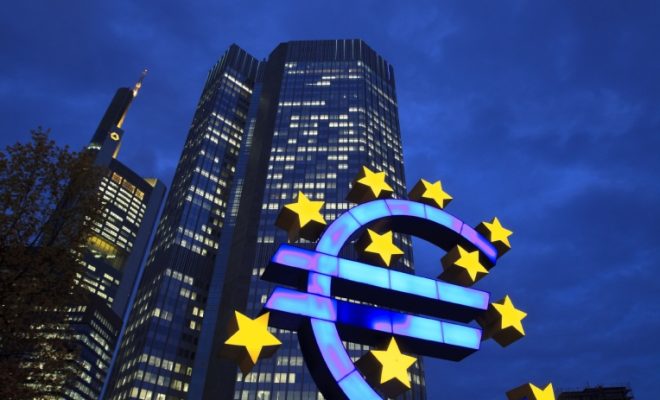Not just the Fed and the ECB, what the central banks will do

All the next moves by central banks. The analysis by Bret Barker, Head of Global Rates, TCW
It is clear that the theme of inflation is particularly felt by the Federal Reserve and it is also for this reason that we have seen the largest increase in rates in the last 28 years. More importantly, the Fed does not have more information than we do about the path that inflation will take. This is why we believe it is possible to repeat the 1994 cycle, in which the market guided the American central bank in adjusting its policy.
The Consumer Price Index (CPI) showed ample resilience last week, so much so that University of Michigan inflation expectations rose to a decade-long high, which pushed Treasury rates higher. -end. The Fed seemed content to hike rates by 50 basis points at each meeting, but market reaction to the data helped force its hand, prompting it to hike 75 basis points. We agree that hikes of 75 basis points will not be the norm going forward, but it is clear that the Fed felt the need to anticipate the inflation narrative to calm the markets.
Fed chairman Powell's press conference highlighted a number of issues. The Fed may not know where neutrality is, but it wants to arrive as quickly as possible at a situation of neutrality or, at least, of slight restriction. Powell believes neutrality is around 2-2.5% and 3-3.5% is a restrictive measure. Recall that the Fed has a dual mandate: maximum employment and stable prices. The Fed believes the labor market is so strong that it can focus on the inflationary aspect of its mandate. There are risks of excessive tightening, but also of insufficient tightening. Powell clearly wants to avoid blocking inflation and slow growth. In his words, the demand is overheated and needs to be slowed down. Unfortunately, inflation and employment are “lagging indicators”, indicators that lag behind movements. Focusing on CPI or the unemployment rate increases the risk that the Fed will raise rates more than necessary.
Looking ahead, the Dot plot, which illustrates the likely path of Fed policy by the FOMC, shows that the Fed funds rate will approach 3.5% this year and 3.75% next. This is very close to market expectations, indicating the Fed's willingness to enter restrictive territory. The future path is unclear given the uncertainty about inflation, but the market and the Fed are now aligned on a tightening policy for the rest of the year. We anticipate a slowdown in growth and the Treasury curve is sounding a wake-up call with its reversal, but it is most likely too early to declare that a recession is imminent.
Looking to the rest of the world, this cycle is very different from the tightening cycle of 2018 which saw the Fed hike rates while other developed market central banks stood on hold, prompting emerging market banks to hike rates. This cycle has seen monetary tightening on a global basis with some emerging countries, such as Brazil, well ahead of the Fed. Over the past two weeks, global central banks have all gathered around the idea of accelerating the pace of the tightening. The Reserve Bank of Australia had signaled that it was preparing for a hike as early as February and has since raised rates by 75 basis points in the last two meetings. The ECB was the last to change its mind and is now willing to raise rates by 50 basis points. The Fed's actions yesterday are aggressive, but they fit into the context of the other G7 countries. The only exception is the Bank of Japan. The Bank of Japan continues to maintain a loosening stance by defending the peg to the 10-year Treasury. As a result, the yen has never been this weak in the past 24 years.
This is a machine translation from Italian language of a post published on Start Magazine at the URL https://www.startmag.it/economia/non-solo-fed-e-bce-cosa-faranno-le-banche-centrali/ on Sun, 19 Jun 2022 05:29:44 +0000.
